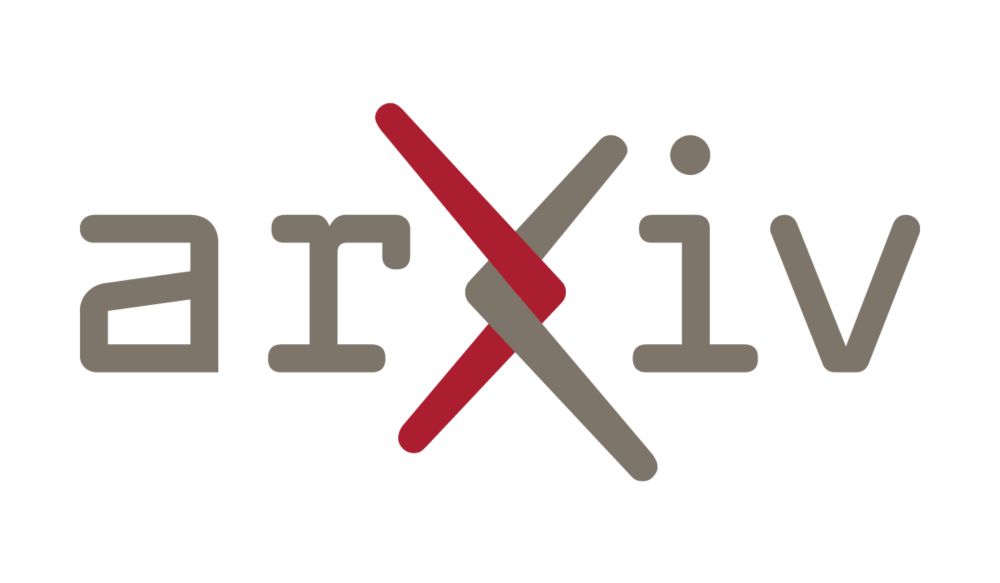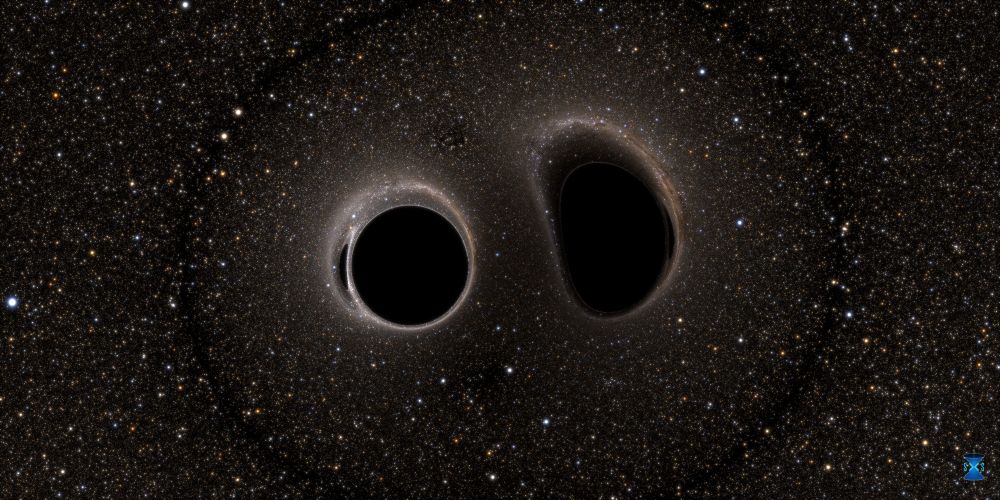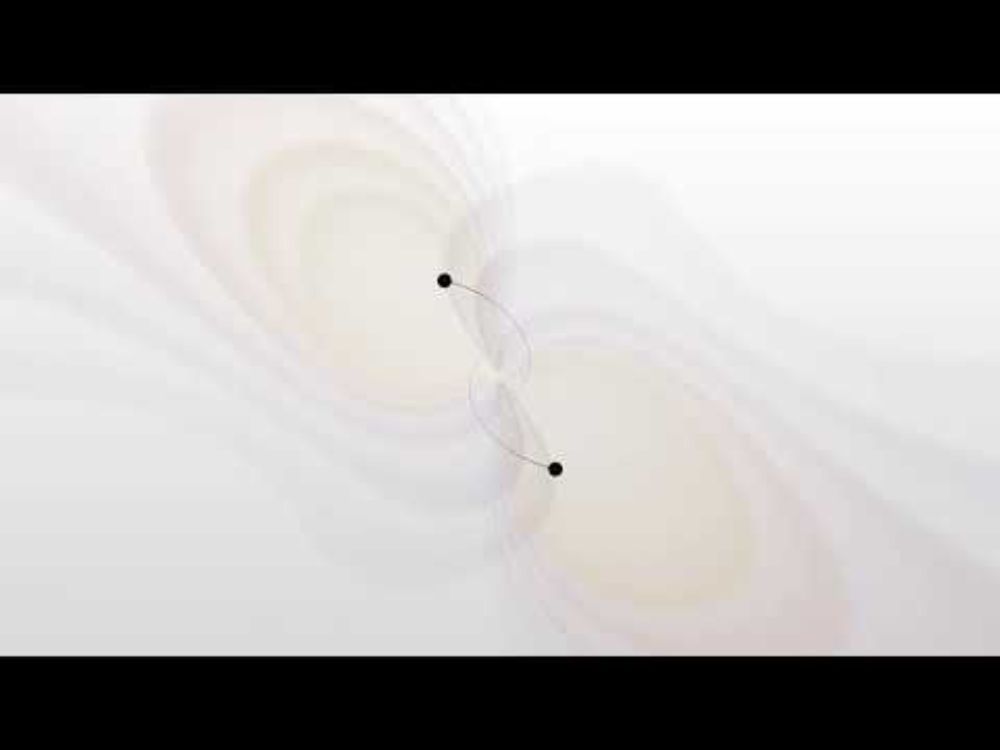
SXS = Simulating eXtreme Spacetimes
🌐 https://www.black-holes.org/

Scheel et al. 2025 Class. Quantum Grav. 42 195017
iopscience.iop.org/article/10.1...
Also on the @arxiv.bsky.social at arxiv.org/abs/2505.13378
Scheel et al. 2025 Class. Quantum Grav. 42 195017
iopscience.iop.org/article/10.1...
Also on the @arxiv.bsky.social at arxiv.org/abs/2505.13378
🔒 journals.aps.org/prl/abstract...
🔓 arxiv.org/abs/2504.15978
🧪⚛️🔭

🔒 journals.aps.org/prl/abstract...
🔓 arxiv.org/abs/2504.15978
🧪⚛️🔭


www.youtube.com/watch?v=3B6W...
🎬I Markin/T Dietrich/H Pfeiffer
#GWTC4 🔭🧪⚛️☄️🐚

www.youtube.com/watch?v=3B6W...
🎬I Markin/T Dietrich/H Pfeiffer
#GWTC4 🔭🧪⚛️☄️🐚
🧪⚛️🔭
🧪⚛️🔭


www.caltech.edu/about/news/s...

Below is a plot I made for the Einstein Toolkit Blue Book (arXiv:2503.12263) showing the waveforms SXS:BBH:3999 (scatter) and SXS:BBH:4000 (capture).

Below is a plot I made for the Einstein Toolkit Blue Book (arXiv:2503.12263) showing the waveforms SXS:BBH:3999 (scatter) and SXS:BBH:4000 (capture).
1/13
🧪⚛️🔭

1/13
🧪⚛️🔭
www.youtube.com/watch?v=j4WG...
🧪⚛️🔭

www.youtube.com/watch?v=j4WG...
🧪⚛️🔭
⚛️🧪🔭

⚛️🧪🔭
#BlackHoleWeek 2/🧵
🎞️: @sxs-collaboration.bsky.social

#BlackHoleWeek 2/🧵
🎞️: @sxs-collaboration.bsky.social
🧪⚛️🔭

🧪⚛️🔭
📄 arxiv.org/abs/2502.02739

📄 arxiv.org/abs/2502.02739
🧪⚛️🔭
🧪⚛️🔭
Length dependence of waveform mismatch:
a caveat on waveform accuracy
Mitman, Stein, et al.
arxiv.org/abs/2502.14025
⚛️🧪🔭


Length dependence of waveform mismatch:
a caveat on waveform accuracy
Mitman, Stein, et al.
arxiv.org/abs/2502.14025
⚛️🧪🔭
Late-time tails in nonlinear evolutions of merging black holes
De Amicis et al.
arxiv.org/abs/2412.06887
What's it all about?
🧪⚛️🔭🧮
1/15


The initially unbound system loses enough energy at closest approach to become bound leading to a merger. It’s one of the coolest looking simulations I’ve done!
🧪⚛️🔭

The initially unbound system loses enough energy at closest approach to become bound leading to a merger. It’s one of the coolest looking simulations I’ve done!
New GPU-based 3D simulations by SXS researchers Elias Most & Hai-Yang Wang at @caltech.edu reveal strong magnetic fields arresting gas dynamics near the merger.
arxiv.org/abs/2410.23264

New GPU-based 3D simulations by SXS researchers Elias Most & Hai-Yang Wang at @caltech.edu reveal strong magnetic fields arresting gas dynamics near the merger.
arxiv.org/abs/2410.23264

